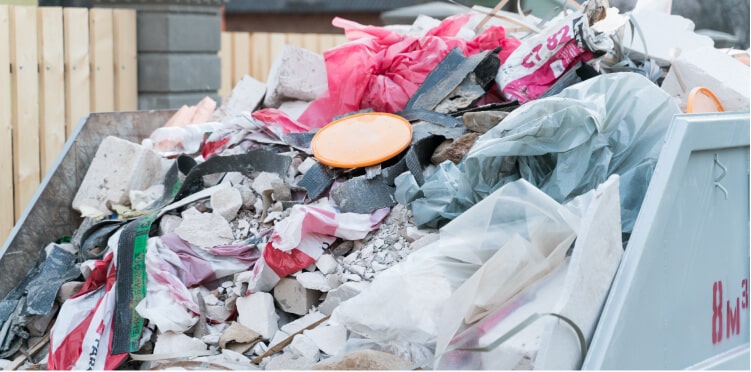Hyundai Motorstudio Senayan Park
Hyundai Motorstudio Senayan Park
Newsroom
-
Residual Waste: The Most Difficult Waste to Recycle
- Hyundai Motorstudio Senayan Park 2022.08.16
-
Not all trash has to be thrown away. Some types of waste can even be recycled into other products that offer specific functions and have economic value.
Waste is usually produced from raw materials, and residual waste is generated from waste. Regardless of the type, the majority of residues are difficult to recycle for various reasons. The handling method of residual waste is currently limited.
Processing into other products that offer benefits or direct disposal are two common methods for dealing with residual waste. But when the cycle ends, the product becomes a waste again because it is difficult to handle anymore.
What is Residual Waste?
Not all waste can be sorted. The handling method commonly used is to put it in a trash can then throw it into the landfill. As simple as that!
This is not the best step because the residue, whatever its type, is difficult to decompose. Some types of residues sometimes release harmful compounds such as methane that damage the environment.
In simple terms, residual waste is the remaining waste that has been separated. Even if you use the best waste separation techniques, there is a good chance that there will be some residue.
Since residual waste is a residue of sorted waste, the effect is quite harmful for the environment. The problem is, the majority of residual waste is simply thrown into the trash because it has no more benefits, and most of the residual waste cannot be recycled anymore.
Ideally, the more waste that is recycled, the less residual waste is generated. So, the sorting technique must be better to avoid residual waste.
In more modern residual waste processing techniques, the waste will be burned to produce heat and electricity. When waste is burned, metal components are extracted from the ashes by magnet.
Residual Waste Properties
There is always room for improvement in the aspect of waste recycling, but unfortunately this is not the case with residual waste because of its ever-changing nature and shape.
Residual waste has various categories including hazardous waste, medical waste, pesticides, and others. For now, 25 tons of residual waste appears every minute. Apart from efforts to educate the public to reduce waste, there are still many commercial products that end up in the trash.
Though, if we refer to more modern residual waste processing techniques, there is a great chance to produce electricity and other energy. Though, this technology is not yet widely available. At least, this step is able to create a waste-free environment in the future.
Residual waste can appear in various forms and is a part of everyday life. Floor cleaners and used oil are examples of hazardous categories in residual waste.
Special processing methods are needed to prevent contamination of the environment that can trigger soil degradation, damage water sources, and put ecosystems in danger.
The nature of residual waste will be more dangerous from large industries such as factories, mines, or plantations. This does not yet count the ordinary waste generated from its operating processes.
Example of Residual Waste
In particular, business and industry generate 20 million tons of residual waste annually, the majority in liquid form. The largest residue-producing industries are electricity, paper, foundry, as well as iron and steel industries.
Due to its wide scope, residual waste can be formed from different materials. As already mentioned, residual waste has a wide scope, including its type and its level of danger.
Residual waste from food scraps does not present a big risk because it is categorized as organic, while residual waste with metal content presents a greater risk when exposed to the sun and decomposes.
Laminated or multilayer plastics used to wrap products are examples of residual waste that is commonly found in everyday life. To recycle the waste, each layer must be broken down one by one.
Without special technology, the separation process can be time-consuming and labor-intensive. Due to its complexity, the waste is often categorized as residual waste.
How to Handle Residual Waste?
If it is not handled and processed properly, residual waste can harm the environment and health. The problem is, residual waste processing facilities are limited so this waste mostly ends up in landfills.
This will trigger various problems for the environment such as soil degradation, air pollution, and disturbing scenery. Besides the limited facilities, the technology and the costs required are limited.
However, the growing industry makes the definition of residual waste is getting unclear. The current type of ordinary waste can be classified as residual waste in the future due to new technologies.
Currently, the costs required for recycling residual waste are still higher than the value from recycled products. For recycling of garment products, the technology is currently still limited, while the cost of recycling is expensive and the energy required is not small.
That is why, the remaining textile waste is categorized as residual waste because it is difficult to recycle. The same condition occurs on opaque paper or tissue. Recycling of opaque paper only produces opaque paper with an even lower quality so the price is cheaper.




